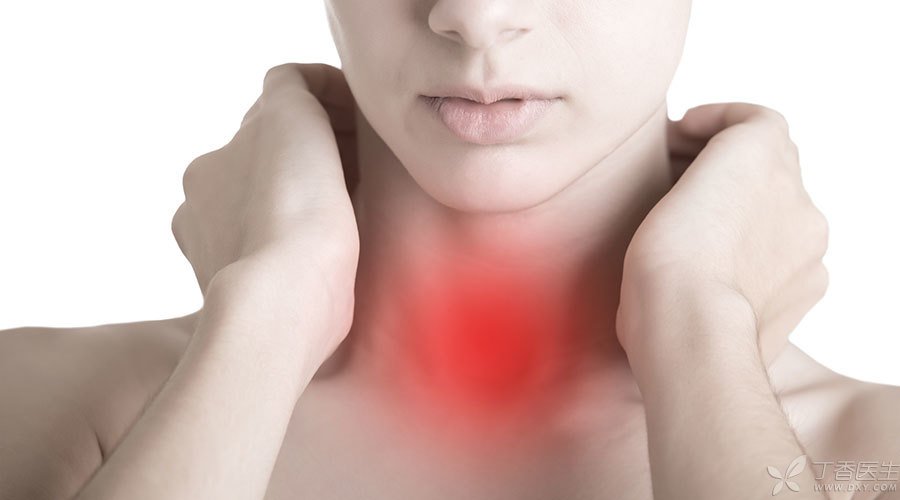
Aunt Wang has been very upset recently. She has a fever and [throat] pain after catching a cold. After taking cold medicine for several days, she has not improved but worsened.
When I went to the hospital for an examination, it turned out that it was not a simple cold, but an inflammation of the thyroid gland. Aunt Wang thought that the [throat] pain was actually the pain of the thyroid gland.
The thyroid gland is located in front of the neck and below Adam’s apple
People with thyroid pain are not uncommon, some are dull pain, some are severe pain, some are short-term pain, some are chronic pain… Because there are many causes of thyroid pain, the pain is different.
If you also have pain in the neck thyroid region, how do you judge what kind of thyroid problem you have?
Neck Pain after Cold: Subacute Thyroiditis
Thyroid pain caused by subacute thyroiditis (subacute thyroiditis) is the most common.
What are the characteristics:
- Most of them occur after catching a cold. In addition to the pain in the front of the neck, it may also be accompanied by pain in the back of the ear and lower jaw. Often accompanied by cold symptoms, such as fever, aversion to cold, lack of strength and poor appetite. May be accompanied by hyperthyroidism symptoms, such as palpitation, shaking hands, weight loss, etc. Pain may shift, such as from the left side of the neck to the right.
How to discover:
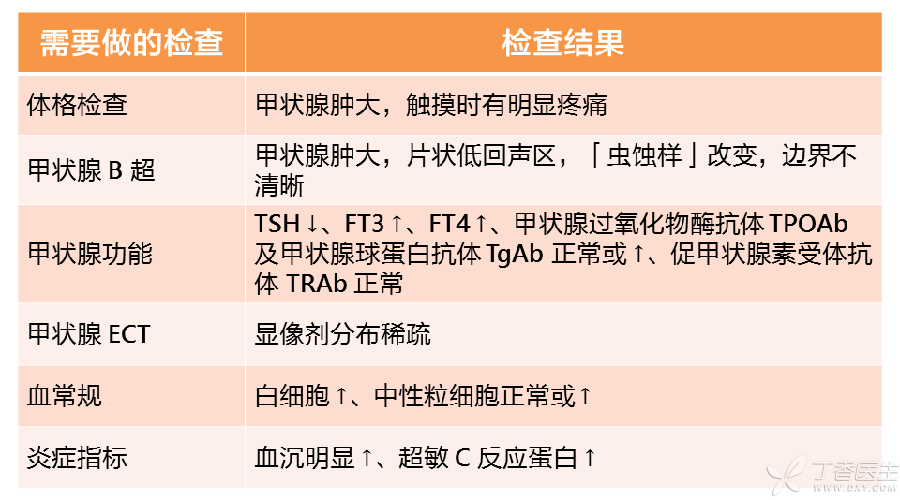
How to treat:
- If the pain is not obvious and there is no fever, Without treatment, Pay attention to rest. If there is obvious pain or fever, It can be treated with [non-steroidal analgesics], Such as acetaminophen, diclofenac sodium, etc. If [non-steroidal analgesic] treatment is ineffective, Can be taken orally [glucocorticoid] treatment, such as prednisone. If palpitation and hand shaking symptoms are obvious, can be taken orally [receptor blocker] treatment, such as propranolol. When hypothyroidism occurs, take levothyroxine tablets for treatment, and stop after reexamination of normal thyroid function. Very few people will suffer from permanent hypothyroidism and need to take levothyroxine tablets for life.
Storm: Acute Suppurative Thyroiditis
Acute suppurative thyroiditis comes more violently and the pain is more severe.
What are the characteristics:
- The onset of the disease is more rapid and the thyroid pain is more severe. Suppurative infection is found in the neck or adjacent parts. Malnutrition, diabetes, infirmity and low immunity are prone to acute suppurative thyroiditis. The onset of the disease generally also has a history of colds. Fever, aversion to cold, chills, fatigue, poor appetite and other symptoms are more obvious.
How to discover:
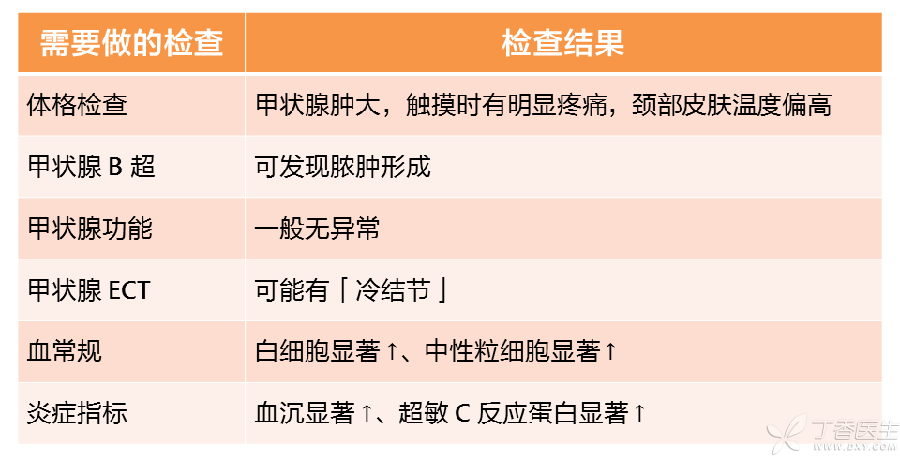
How to treat:
- Bed rest. Use antibiotics as soon as possible. If thyroid abscess forms, surgery may be required to cut the abscess and expel pus.
Outbreak in silence: Thyroid nodule or adenoma rupture hemorrhage
Thyroid nodules or adenomas may rupture and bleed under the action of external forces, resulting in sudden neck pain.
What are the characteristics:
- Nodule rupture may be caused by neck compression and external force impact. There may be no feeling when there is a small amount of hemorrhage. When massive hemorrhage occurs, the nodule increases rapidly, and even a lump can be seen in the neck, accompanied by neck pain.
How to discover:
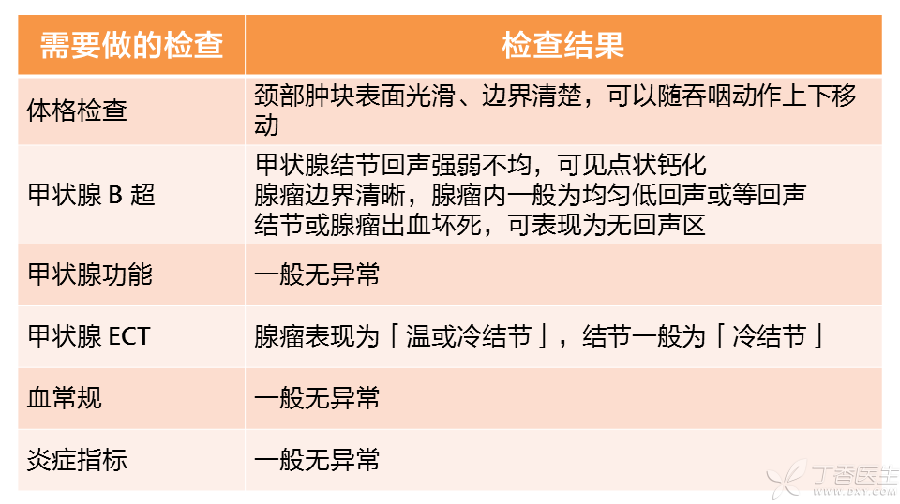
How to treat:
- Avoid repeatedly squeezing or touching the neck. If the amount of bleeding is small and the neck pain is not obvious, it may not be treated, and the presence or absence of continuous bleeding may be dynamically observed. If the amount of bleeding is large, accompanied by dyspnea and asphyxia, surgical treatment is required. Other treatment methods include absolute ethanol injection, ultrasound-mediated thermal ablation, radioactive iodine 131 therapy, etc.
Warm and Warm: Hashimoto’s Thyroiditis
Most Hashimoto thyroiditis is painless, but some patients will feel dull pain in the neck.
What are the characteristics:
- Chronic pain, lasting for a long time. Generally, it is dull pain and dull pain, which is within the tolerable range.
How to discover:
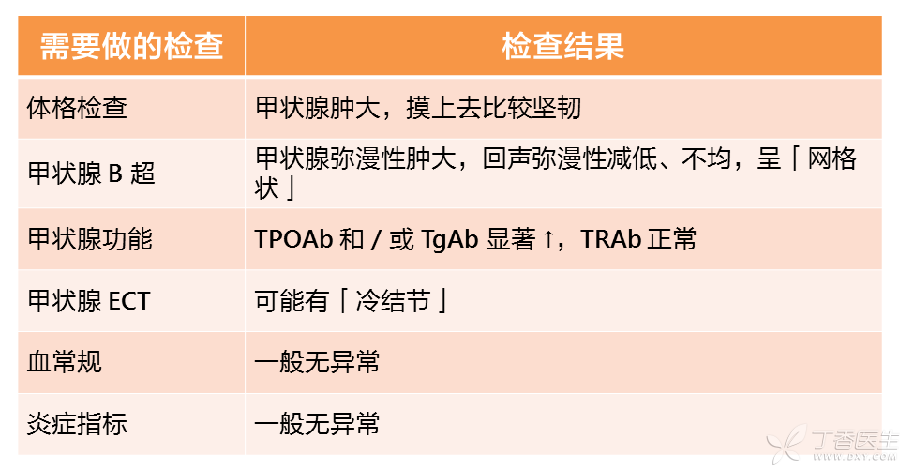
How to treat:
- Generally, no treatment is required. Thyroid function is monitored regularly and levothyroxine tablets are taken for treatment when hypothyroidism occurs.
High Alert: Thyroid Cancer Hemorrhage or Rapid Growth
Some people may have discovered thyroid cancer by chance because of neck pain.
What are the characteristics:
- It is manifested as neck distending pain. Compression symptoms may occur, such as hoarseness, dyspnea, dysphagia, etc.
How to discover:
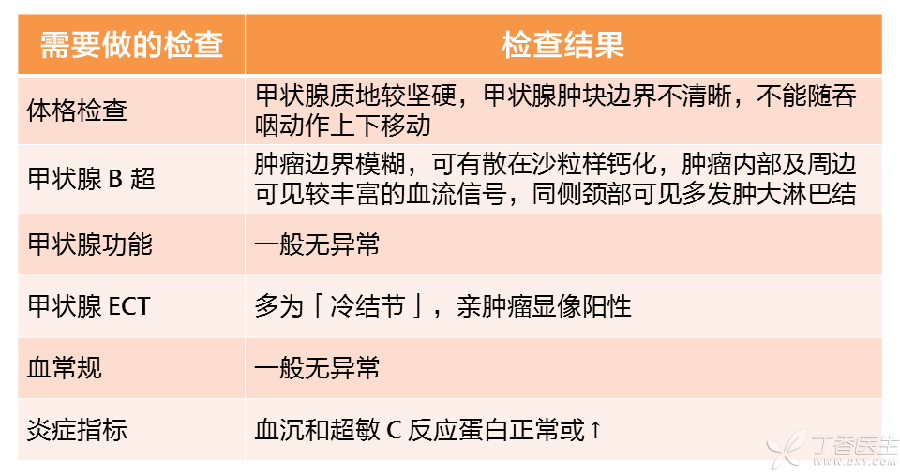
How to treat:
-
Surgery.
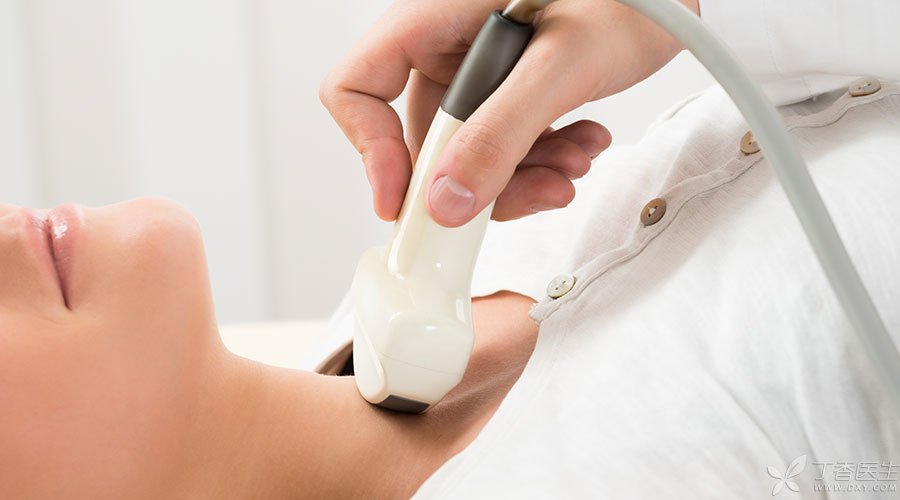
Like Aunt Wang, she has fever and neck pain after catching a cold. After taking cold medicine, she has not improved significantly. It is necessary to doubt whether subthyroiditis or acute suppurative thyroiditis is at work.
In case of thyroid pain, you should go to the hospital for examination in time. The examination items generally include blood routine, erythrocyte sedimentation rate, C-reactive protein, thyroid function, thyroid B-ultrasound, and thyroid ECT when necessary.
In addition, friends who have thyroid nodules, adenomas and Hashimoto’s thyroiditis must remember to have regular reexamination and see a doctor in time when there is abnormal feeling in the neck.
